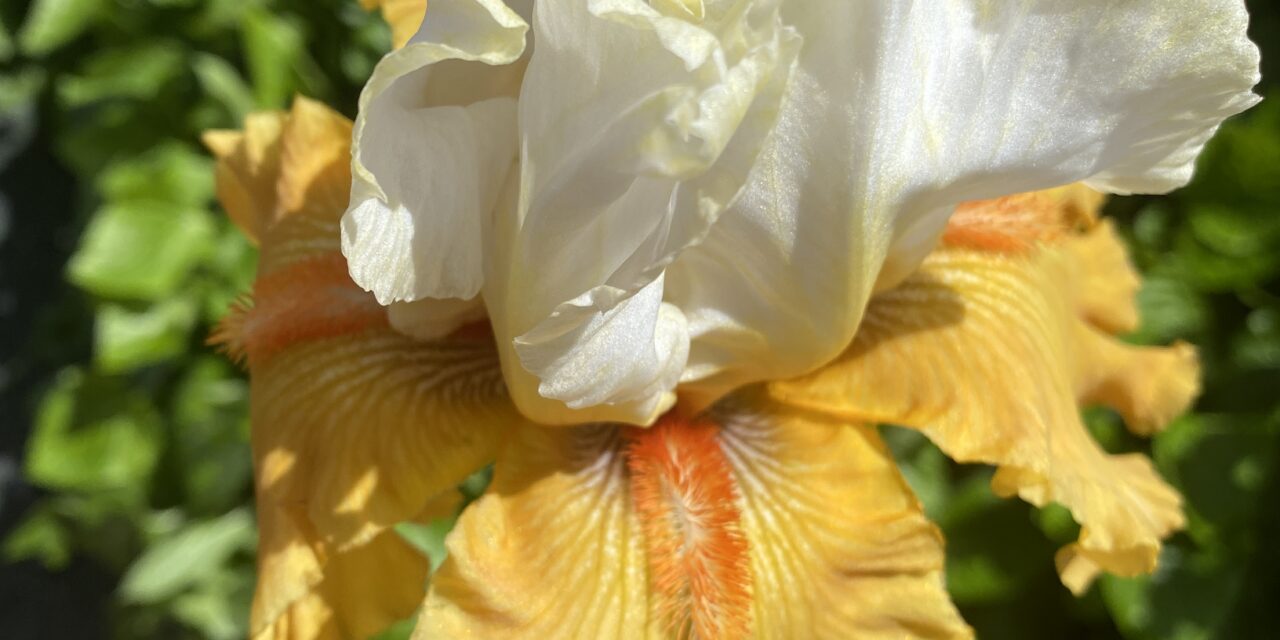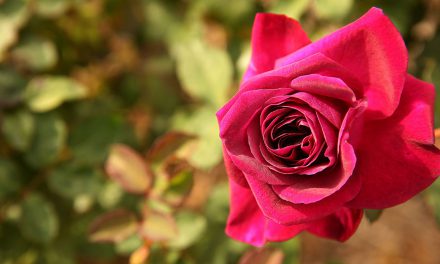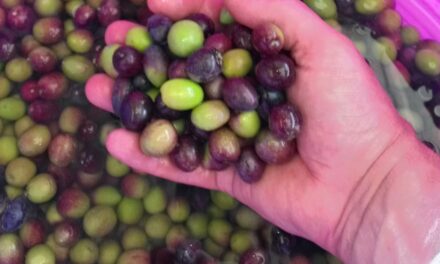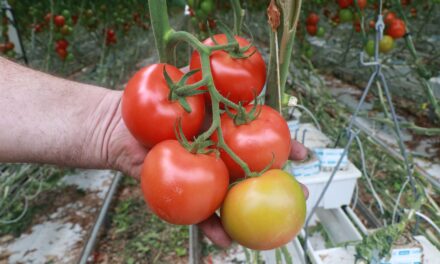Powered by a shared passion in the garden, one rural green thumb is now working overtime to come up with a new variety of iris, a bloom he can dedicate to the memory of his mother, who was his partner in the potting shed. ANDREW MOLE takes up the story.
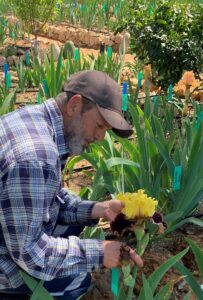
Reginald Steff has one very particular goal in his gardening life — to breed an iris that would be sufficiently unique in colour and shape to attain registration as a new hybrid.
He knows the colour he is chasing; he even has the name of the new variety ready to go when he gets the official nod (although that name is a secret until then).
But that nod, for this holiest grail of floral fantasy, can only come from one place — the American Iris Society. Founded in 1920, a major goal in the early years of AIS was to bring order to the then-confused nomenclature of the genus Iris, especially garden iris species and cultivars.
Yet an iris is not considered ‘registered’ until the breeder’s application is accepted and approved by the AIS Registrar. Following this, when an iris is offered for sale to the general public and proof is submitted to the AIS Registrar, it would then be considered ‘introduced’.
The exciting thing is, after years of work, Reggie reckons he is just one more cross from achieving the iris of his dreams.
The iris which will be dedicated to his late mother, his partner in the garden.
And hopefully, through the crossing, it will remain a pink, the colour she most adored.
However, there has been a ripple effect from Reggie’s single-minded search for his mother’s legacy bloom.
He wants just that one perfect hybrid but his journey in the past six years has left him with an iris collection featuring 1000 colours. Which might sound a lot until he explains across the world there are about 70,000 different colours and/or shapes.
“One of the iris farms in South Australia I have been dealing with has thousands of different colours — I find weeding just 1000 variations enough work in a one-man show, I’m just trying to get something for Mum,” Reggie said.
“That means doing all the work on the hybridising side of things. With iris you can’t always stabilise the colour of the flower, it is the form you register, the shape, ruffles, ones that are not out there but may be similar.
“While you might be working with just one flower, an iris pod could contain between one and as many as 80 seeds and they could all be different.”
Reggie said for all its trouble-free reputation in the average backyard, the iris does have its own share of little idiosyncrasies, which include the surprising tendency to only flower every second year.
The intervening 12 months are devoted to growing, although some in the best conditions can put on good growth and still flower more occasionally.
Reggie said another breeder he knows working with hybrids has had so much rain, sun and good soil his irises have been flowering year-long, flowering so much they are now “bloomed out” with no energy for growth, which may well result in the rhizome and the plant dying. Or it will become susceptible to rot, snails or earwigs.
“Ideal conditions for iris are loamy soils and they should only need watering every two weeks, much more than that they might not last,” Reggie said.
“My move from Swan Hill to Chinkapook gave me the room to expand my planting and access to some good, well-drained soils and I now use drip irrigation in what were originally red sands when I arrived but through which I have mixed horse manure to make them a nice loamy sand.
“It works so well a few weeks ago we had 50mm in a rush and not long after it stopped there wasn’t a puddle to be seen anywhere.”
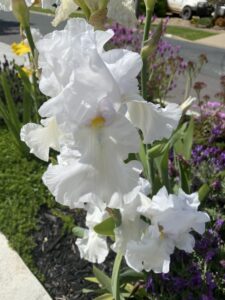
But what there is to be seen — another by-product of the flower for his mother — is a Facebook page for Northern Malley Iris, a growing online business which is Reggie and his computer, selling rhizomes around the country.
Which goes back to the very roots of the iris and how it intrigued him and his mother.
“Mum saw one she liked and she wanted to grow it, and others, but before that happened she got quite ill, quite suddenly,” Reggie said.
“When she was diagnosed it was discovered her cancer had spread through her body and she passed away within weeks of receiving that diagnosis.
“When I got my feet back on the ground, I wanted to continue Mum’s dream of that iris she liked so much — and that’s when I saw some hybrids and thought to myself, that can’t be too hard.
“In my first year I had one seed pod and planted six seedlings and from there started crossing.”
And he hasn’t looked back.
“When the first lot flowered, I got one I really liked — a nice, deep black/red — and I have been crossing from there.”
Early in the piece he also communicated with a US hybrid experimenter who was working with daylilies, a plant true to its name and one which Reggie has found fascinating.
“The flower, literally, lasts one day, although it can be hard to realise because you can get eight to 10 flowers on one stalk, and they might flower in the next 10 days or so, making it look as though the plant is in continual flowering.”
Daylilies are perennials, with the flowers of most species open in early morning and withering during the following night, possibly replaced by another one on the same scape the next day. Some species are even night-blooming.
Despite the name, daylilies are not true lilies, although the flower has a similar shape.
Most kinds of daylilies occur as clumps, each of which has leaves, a crown, scapes, flowers and roots. The long, linear leaves are grouped into opposite fans with arching leaves. The crown is the small white portion between the leaves and the roots. Many kinds of daylilies have thickened roots in which they store food and water.
It has all been part of a colourful, at times frustrating, process which has taken Reggie from Swan Hill to Chinkapook, from a suburban garden to an online iris enterprise.
Talking about his work he is at times drowned out by native birds, who provide a daily musical backdrop. Reggie rattles them off: bee-eaters, Mallee ringneck, cockatiels and galahs.
He then leans back with a contented sigh, and starts thinking cross thoughts, crossbred thoughts.

